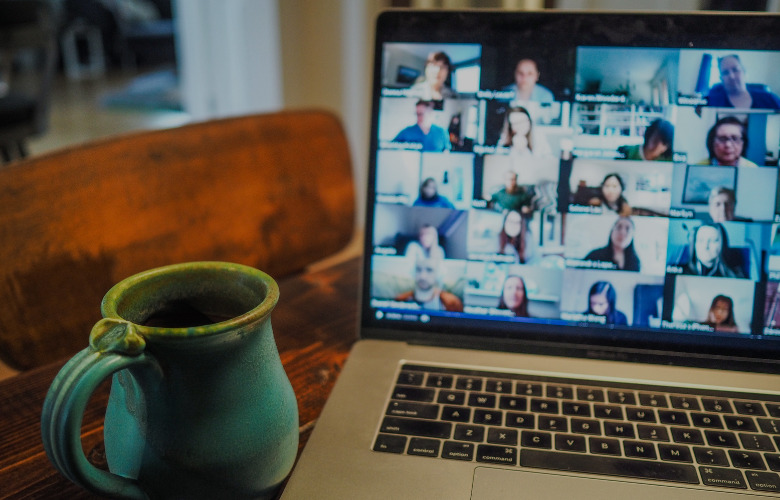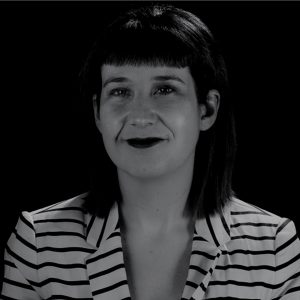
2020 has undoubtedly challenged the events industry. Phrases like ‘pivot’, ‘platform’, ‘Zoom but not Zoom’ are repeated over and over on calls with clients. Plus, we are all trying to manage other areas of our lives and how to work around COVID-19.
After years of living across all parts of the world managing large scale public events like Olympic ceremonies, I moved back to the US. I started working in the corporate events world, first as a Technical Director and now as US Operations Director for The Creative Engagement Group (TCEG). As a Technical Director working with both the client service team and project managers, I quickly got to work updating production schedules, streamlining budgets and leading meetings with clients to ensure everyone was on the same page. I loved bringing the learnings from that large-scale format to the corporate world. Then we would get on the plane, problem solve onsite when the plans didn’t go just as we hoped, deliver the job successfully and do it all again for the next one.
My role at TCEG doesn’t involve much delivery now, but I definitely draw on my previous experiences to ensure we have the right teams working together. In Operations, our role involves ensuring all the internal teams are assigned to projects as they come in, drawing on freelance resource if and when we require them. We are constantly talking to new freelancers, assessing their skills, seeing how they could engage with us and building ongoing relationships with them.
Then COVID-19 comes in. Everyone’s world changes nearly overnight.
Operations had to call many amazing freelancers to tell them that their work had been canceled. With our internal teams, we quickly had to work out how to convert our in-person meetings and events to virtual ones. So, we started putting teams together from our UK and US offices to ensure the highest level of delivery. Live producers, web technicians, creatives and client leads all working together regardless of location to work out how to make Teams and Zoom more engaging. The lead times were shorter. The expectations were just as high. The backstage environment had changed too. Before, clients quietly sat out in front, potentially texting questions while we were all ‘behind the curtain’, pushing through and solving issues as they came up over the comms system. But now, the clients are all with us in the back end of the platform seeing exactly what we do, adding additional layers of pressure! Different parameters, but the same goals for sure.
In late summer, we were approached by a client to put together a traditional sales meeting in two phases: a leaders meeting followed by a full team sales meeting. But there was a catch – it was going to be hybrid. Forty venues for the sales meeting with about 10 attendees at each location. A mammoth undertaking in the seven week time frame, even without COVID-19, but we were up for the challenge. I started by securing a great Executive Producer to lead the job and supported her with additional resources, full-time staff and freelancers. At one point, we needed to find 40 web technicians, so we connected with a UK AV supplier who provided what I referred to as my ‘band of merry web techs’ throughout the project. We scheduled them in, gave them moderator credentials in Zoom and sent them off to run rehearsals and support sessions as we needed them. Since the meeting had different agenda tracks, things were constantly changing. The week of the sales meeting arrived, and I knew things would pop up and change.
Even though I wasn’t connected to the Unity Comms system, I still had ways of communicating with the team. I built a fairly comprehensive schedule that all of the producers could access to let me know how and when things changed. Each night, I would email the changes through to the UK to have them work on solutions, leveraging the the time zones to our advantage). Usually, by the time I woke up, the new changes were resolved.
Sitting in the control room on an opening ceremony show day is all about how you communicate. Passing information across multiple radio channels allowed us to solve problems, sometimes before they even were an issue at all. I loved being in that control room. Solving problems on the fly, albeit not very fun at the time, I actually thrived. Most times, you would find me standing instead of sitting so I could see the field as best as I could. I always had a ‘number 2’ listening to the same number of radio channels I had, to ensure we had proper listening coverage. But ultimately, everyone in that control room is working together to ensure the show can be called through to the end without any other issues getting in the way. It’s intense but amazing. You need to factor in everything – cast illness, emergency evacuations, headline talent, heads of state movements, props breaking, power outages, accreditation and access problems, show contingency plans, toilets overflowing and so on. But when the show is successful in the end, all of the stress feels well worth it.
I guess the work I did back in ceremonies days is far more applicable now than I ever imagined when I returned home to work on what I assumed would be far less stressful events. I never missed a beat – just jumped back in and did what I could to ensure the event was as successful as it could be. It was, and I loved being a part of it. We learned a lot, so on to the next one!
Can You Ever Find the Right Balance as an A-Type Event Junkie?



The love for theatre and events started at a very young age for Sarah Grubb when she first experienced the stage by performing herself from age 6. By the time she went to university, she had discovered she preferred to be behind the scenes. She received a BFA in Technical Theatre Production (Magna Cum Laude) from the University of Wisconsin-Milwaukee's Professional Theatre Training Program. She also spent a semester at Sydney's National Institute of Dramatic Art (NIDA) in 2000. She was bit by the Ceremonies Bug on Melbourne’s 2006 Commonwealth Games. She then travelled for roles on the 2006 Doha Asian Games Ceremonies, the 2010 Vancouver Winter Olympics, the 2010 Delhi Commonwealth Games Ceremonies, the 2011 Rugby World Cup Ceremony, the Ceremonies of the 2011 Guadalajara Pan American Games, & the Handover Segment for Rio at London 2012. During her years living out of her suitcase, she focused on technical & show operations. Following a role on the Baku 2015 European Games Ceremonies, Sarah returned to the US where she currently resides in the house she bought just outside of Philadelphia. She works as an Event Technical Director and Consultant. She loves unpacking those suitcases to display her years of mementos & swag.
Read Full Profile© 2021 TheatreArtLife. All rights reserved.

Thank you so much for reading, but you have now reached your free article limit for this month.
Our contributors are currently writing more articles for you to enjoy.
To keep reading, all you have to do is become a subscriber and then you can read unlimited articles anytime.
Your investment will help us continue to ignite connections across the globe in live entertainment and build this community for industry professionals.